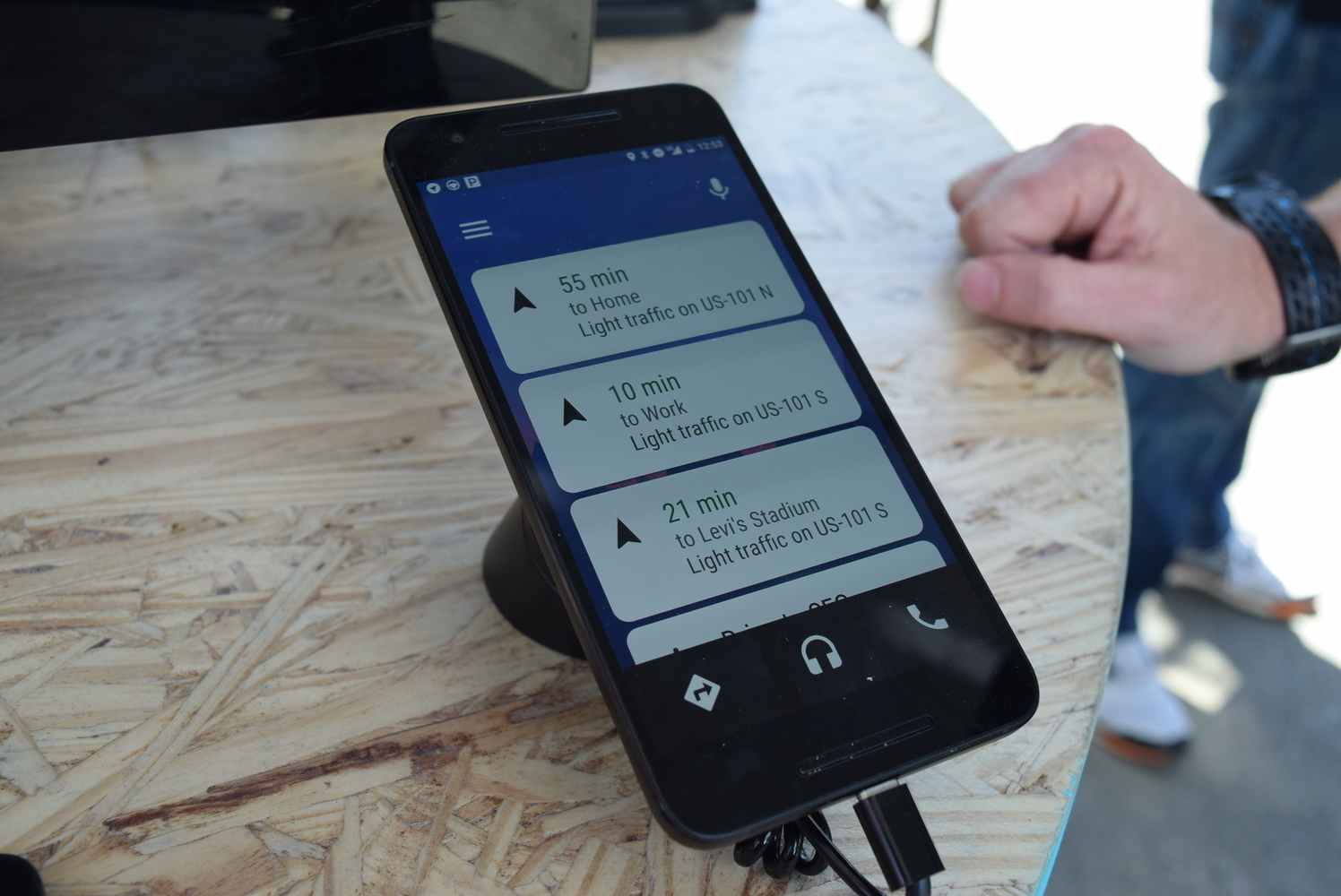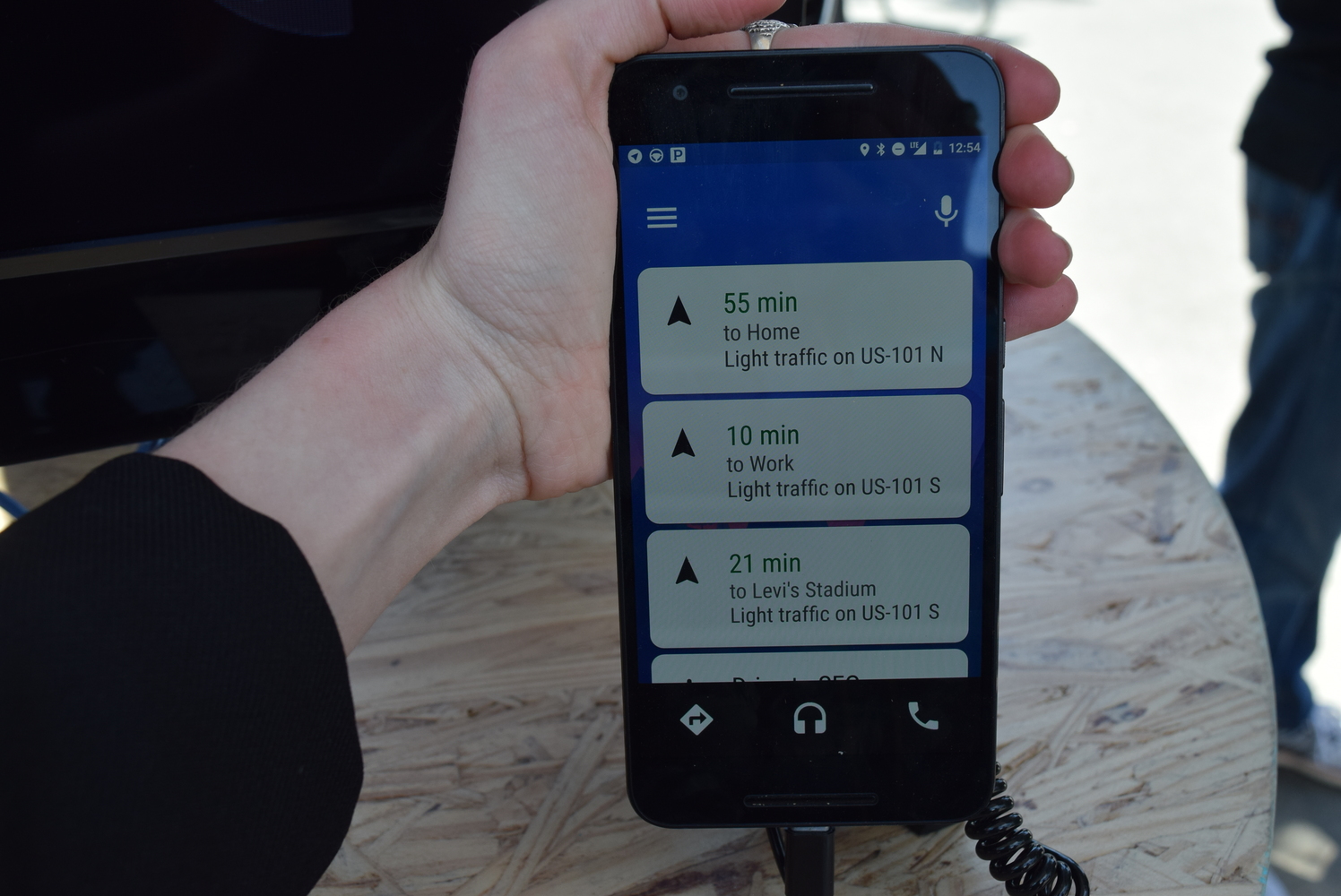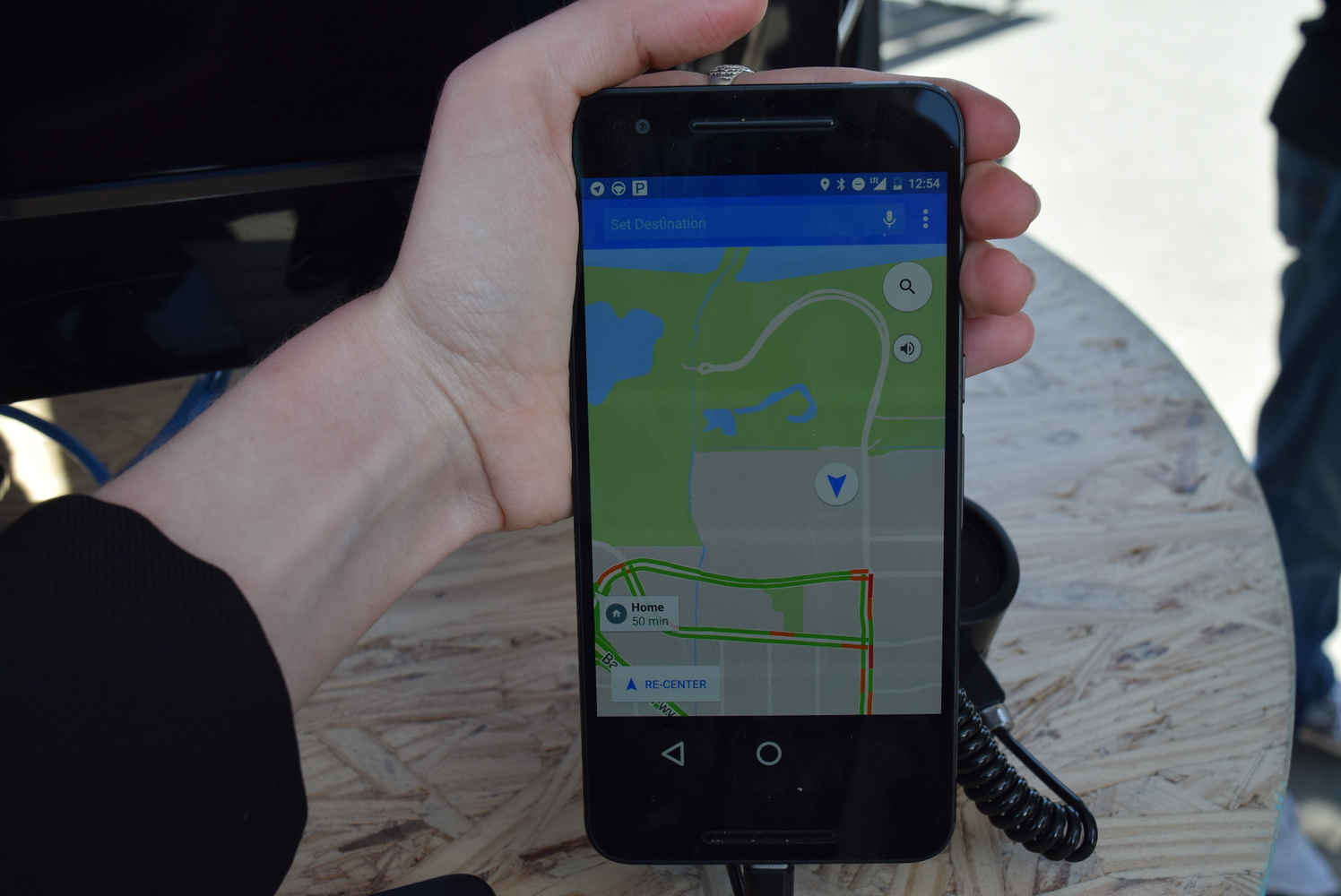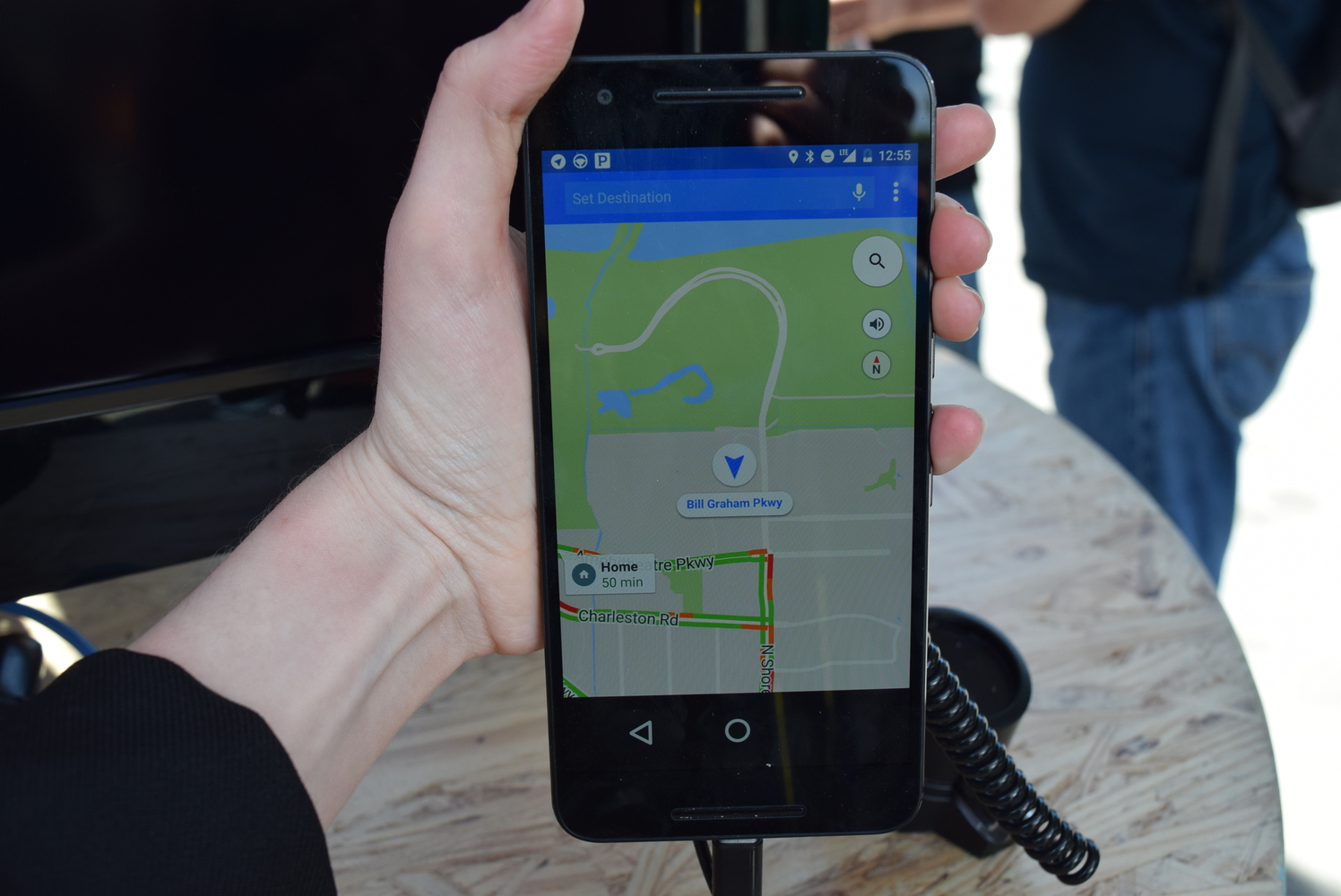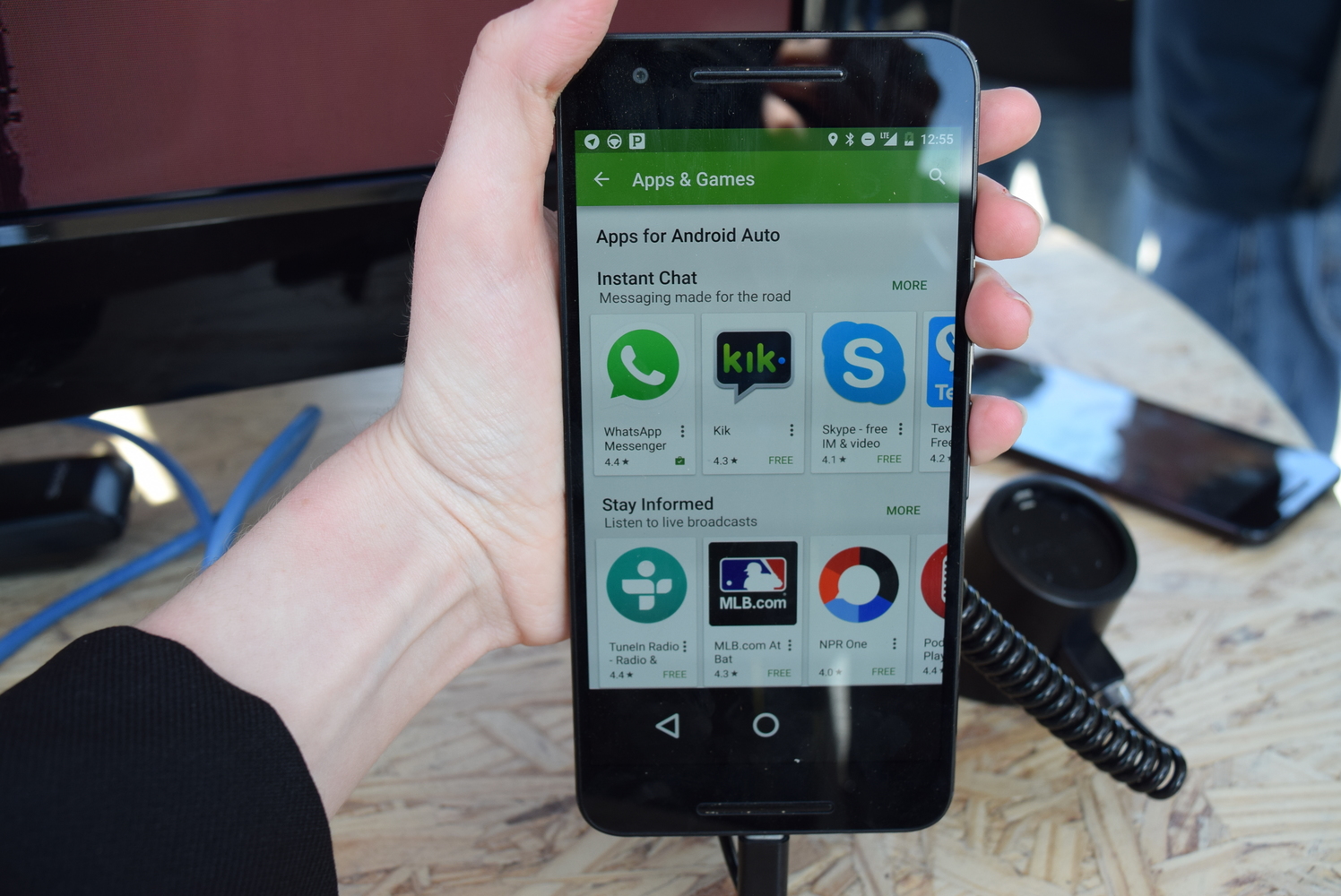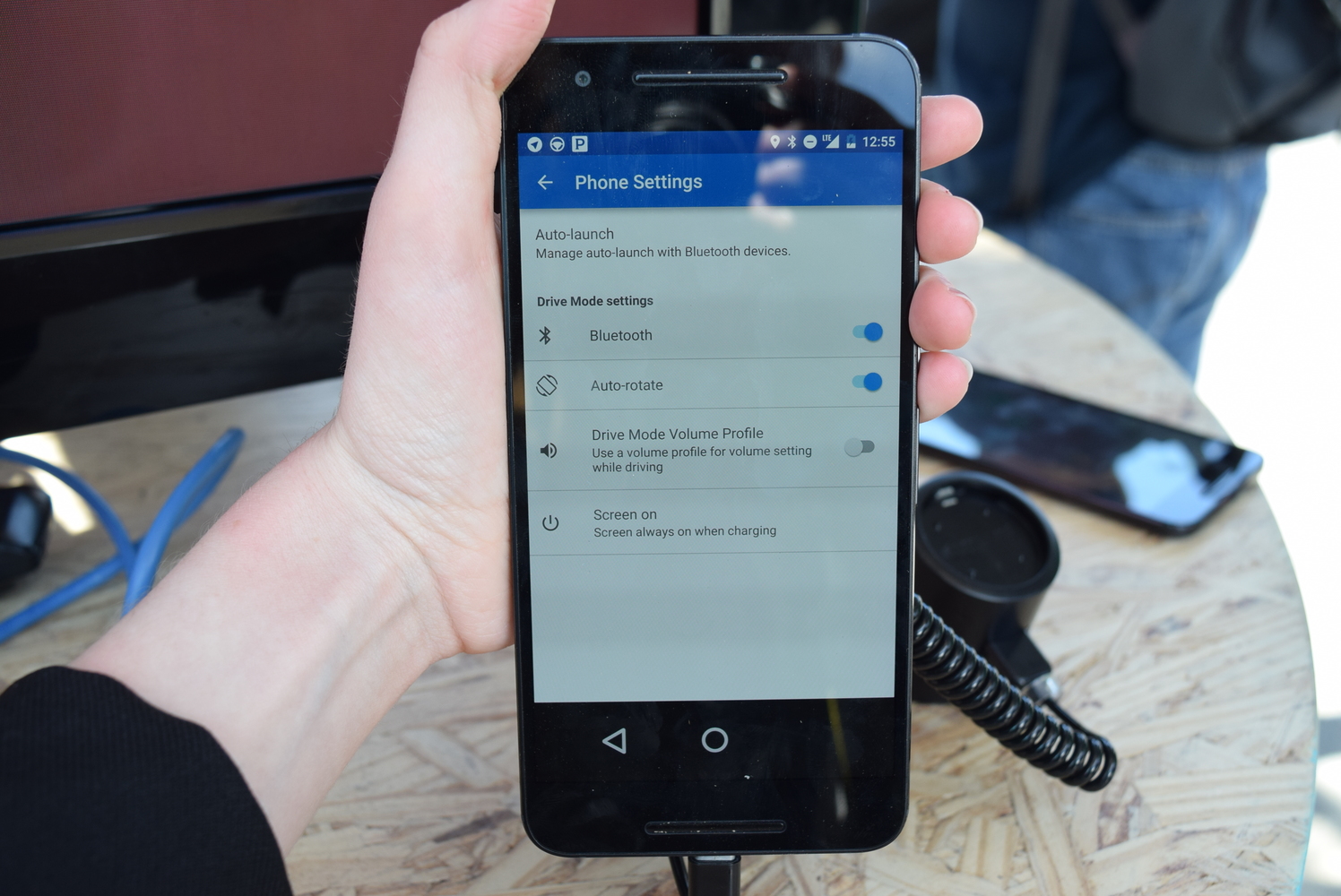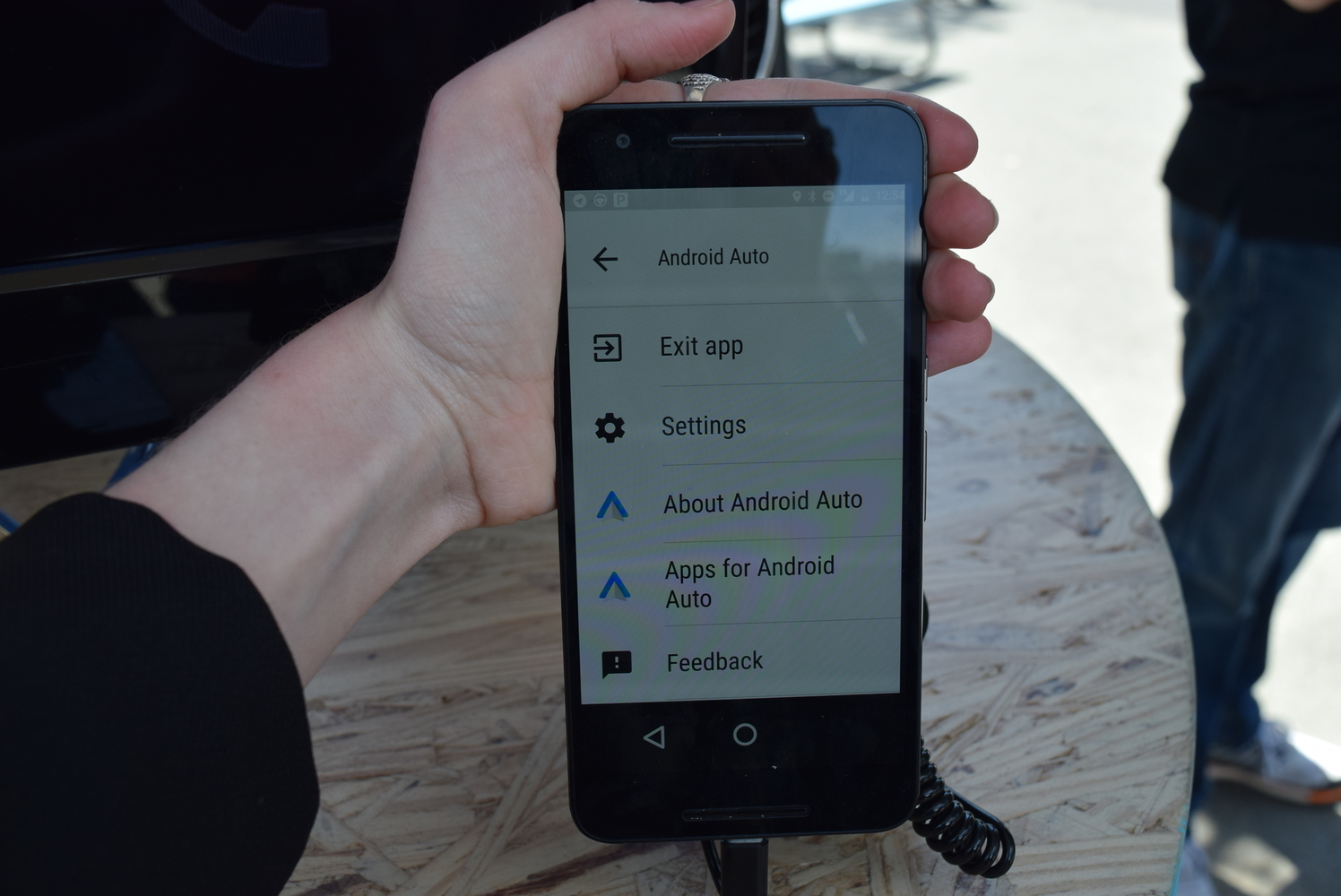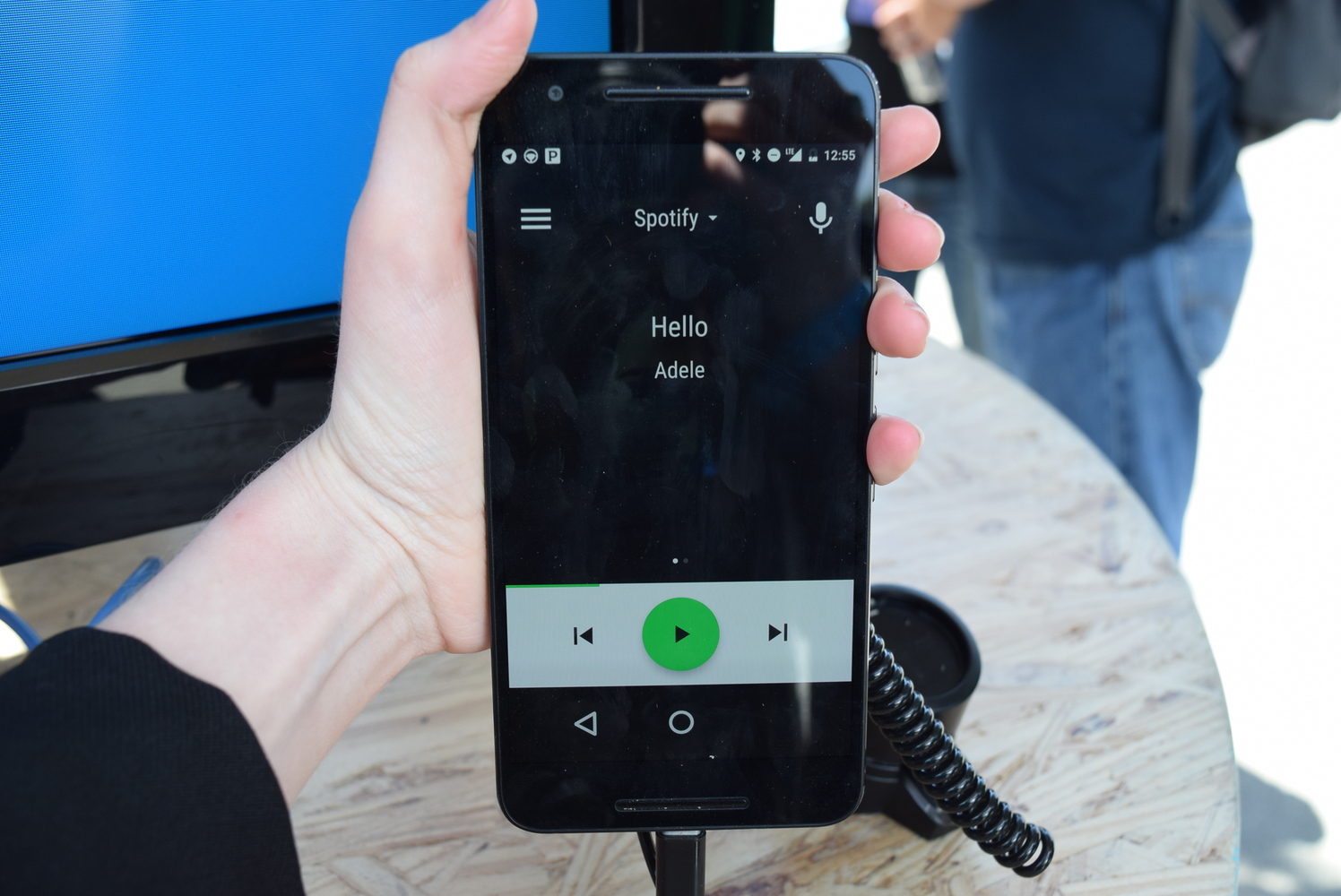The most notable announcement relates to Android Auto’s newfound independence. In an update coming soon, drivers will be able to access all of Android Auto’s functions straight from their cellphone in any car. That means people who can’t afford a brand new ride or an aftermarket head unit will still be able to use Google Maps, voice controls, and messaging simply by mounting their mobile on the dashboard. Better yet, the system can be managed with “OK Google” commands, a process known as hotwording. Hands on the wheel, folks.
Using Android Auto in a 20-year-old hooptie sounds pretty great, but the app itself is set to acquire a few new features including Waze. Google bought the crowdsourced navigation standout for $1.1 billion back in 2013, and going forward, both Google Maps and Waze will exist side-by-side.
In addition, Android Auto will soon cut the cord and add wireless connectivity with Wi-Fi-equipped vehicles. For those keeping score at home, Apple CarPlay already offers some cordless functionality.
Read more: MyHyundai could be the first carmaker-specific Android Auto app
Finally, as we reported earlier today, automaker-specific apps are coming to Android Auto. The first of the batch is called MyHyundai (you won’t believe who makes it), and it adds exclusive functions like Roadside Assistance, monthly vehicle reports, maintenance alerts, and even a Valet Mode. Honda will also release its own version of
For more news from Google I/O 2016, check out our day one recap.
Editors' Recommendations
- Google is launching a powerful new AI app for your Android phone
- Google wants you to know Android apps aren’t just for phones anymore
- Want to join the Android Army? Here are all the cars with Android Auto

